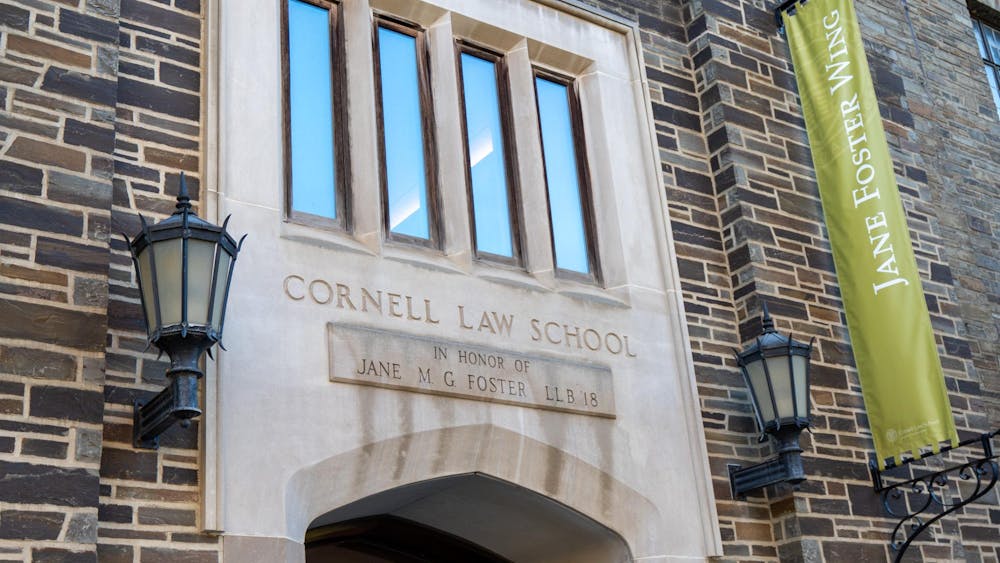The Supreme Court ruled unanimously in favor of Cornell employees in Cunningham et. al. v. Cornell University on Thursday, delivering an opinion that will make it significantly easier for workers to sue employers for retirement plan violations under federal law.
More than 30,000 Cornell employees sued the University in 2016, alleging that it violated the Employee Retirement Income Security Act. The plaintiffs claimed that the University mismanaged their 403(b) retirement plans by paying excessive fees to service providers, Teachers Insurance and Annuity Association of America-College Retirement Equities Fund, Fidelity Investments and by failing to monitor investment performance.
In the opinion authored by Justice Sonia Sotomayor, the Court held that workers don’t need to prove harm or anticipate every legal excuse their employer might use. Instead, they just have to “plausibly allege” that a prohibited transaction occurred under ERISA, which lowers the barrier for employees to get their cases past the initial stage and into court.
The Court also clarified that ERISA’s exemptions, which allow certain otherwise-prohibited transactions if they meet conditions such as being necessary and reasonably priced, are affirmative defenses. This means that fiduciaries, not employees, must raise and prove them later in the legal process.
Sotomayor noted in her opinion that requiring plaintiffs to disprove hundreds of statutory and regulatory exemptions “would be impractical,” especially considering relevant information is typically held by fiduciaries.
While Chief Justice John Roberts and Associate Justice Brett Kavanaugh had expressed concern about opening the door to “burdensome” and “meritless” lawsuits, the opinion pointed to existing procedural tools, like Rule 11 sanctions and discovery limits, as sufficient safeguards.
Rule 11 ensures lawyers file claims in good faith, allowing courts to sanction those who bring baseless or abusive lawsuits, while discovery limits prevent the fact-gathering stage of trials from going on for too long.
Justice Samuel Alito wrote a separate concurring opinion expressing concern about the practical consequences of the Court’s decision. Joined by Justices Clarence Thomas and Kavanaugh, he noted that universities often hire outside firms to manage their retirement plans, making those firms “parties of interest” under ERISA. This could turn regular plan management procedures into legal issues unless an exemption applies.
In the case at hand, for instance, the University offered employees the chance to invest in TIAA and Fidelity funds. As is standard, those firms handled the recordkeeping for their own investment options.
“There is nothing nefarious about any of that,” Alito wrote. “Yet under our decision that is all that a plaintiff must plead to survive a motion to dismiss. And, in modern civil litigation, getting by a motion to dismiss is often the whole ball game because of the cost of discovery.”
To prevent what he sees as an unfair advantage for plaintiffs and their lawyers, Alito urged district courts to “ask for additional briefing on any exemptions.”
“Whether these measures will be used in a way that adequately addresses the problem that results from our current pleading rules remains to be seen,” he wrote.
Lower courts, including the Second Circuit Court of Appeals, had dismissed most of the plaintiffs’ claims, positing that the plaintiffs had to demonstrate that the services were either unnecessary or the fees were unreasonable — a higher standard that made it difficult for many ERISA cases to move forward. The Supreme Court’s decision explicitly rejects that reasoning and resolves a split among federal appeals courts.
The ruling marks a significant shift in how ERISA cases will be handled across the country. Legal experts at Bloomberg Law predict that it will make it easier for employees to bring claims against plan administrators and could lead to more scrutiny of how retirement funds are managed, particularly at universities and other large institutions that contract with third-party service providers.
Previously, the Department of Justice and the Department of Labor had supported the plaintiffs, arguing that the previous interpretation of ERISA was inaccurate and made it excessively difficult for employees to hold fiduciaries accountable. The Court’s ruling affirms the agencies’ views and strengthens regulatory oversight of retirement plan practices.
The University acknowledged the decision and maintains that it operated in the “best interests” of its employees.
“Cornell acknowledges the Supreme Court’s decision today on the technical pleading issue before it, and is confident that the evidence on the merits will continue to show that Cornell at all times operated its retirement plans in the best interests of all of its plan participants and beneficiaries,” a University spokesperson wrote in a statement to The Sun.
The case now returns to the lower courts for further proceedings, with the plaintiffs’ claims reinstated under the clarified legal standard.











